Panic Disorder can be described as experiencing intense fear unexpectedly, or “out of the blue”. These experiences are called panic attacks. When someone has a panic attack, along with intense fear they feel a range of physical symptoms which may include:
- Chest pain
- Nausea
- Dizziness
- Difficulty breathing
- Racing heart beat
- Sweating
- Shaking
While many people experience some of these sensations at times, a person with Panic Disorder will experience several of these symptoms all at once, and these symptoms will become extremely intense very quickly, peaking within minutes, and for no obvious reason. Sometimes a person with Panic Disorder will wake up having a panic attack. A common belief when having a panic attack is that it is a heart attack or that they are “losing their mind”. This then leads them to feel even more anxiety and so the panic attack becomes more intense. Underlying Panic Disorder are beliefs that the physical feelings of anxiety are dangerous or negative, and so when these feelings are experienced, anxiety about them quickly increases.
People who experience Panic Disorder will often avoid places where they fear having a panic attack. When this avoidance becomes severe and interferes with their day to day life, it is called Agoraphobia.
Common places and situations that people with Panic Disorder may want to avoid include:
- Shopping centres
- Taking public transport
- Movie cinemas
- Being in a car
- Being far from home
- Crossing bridges




